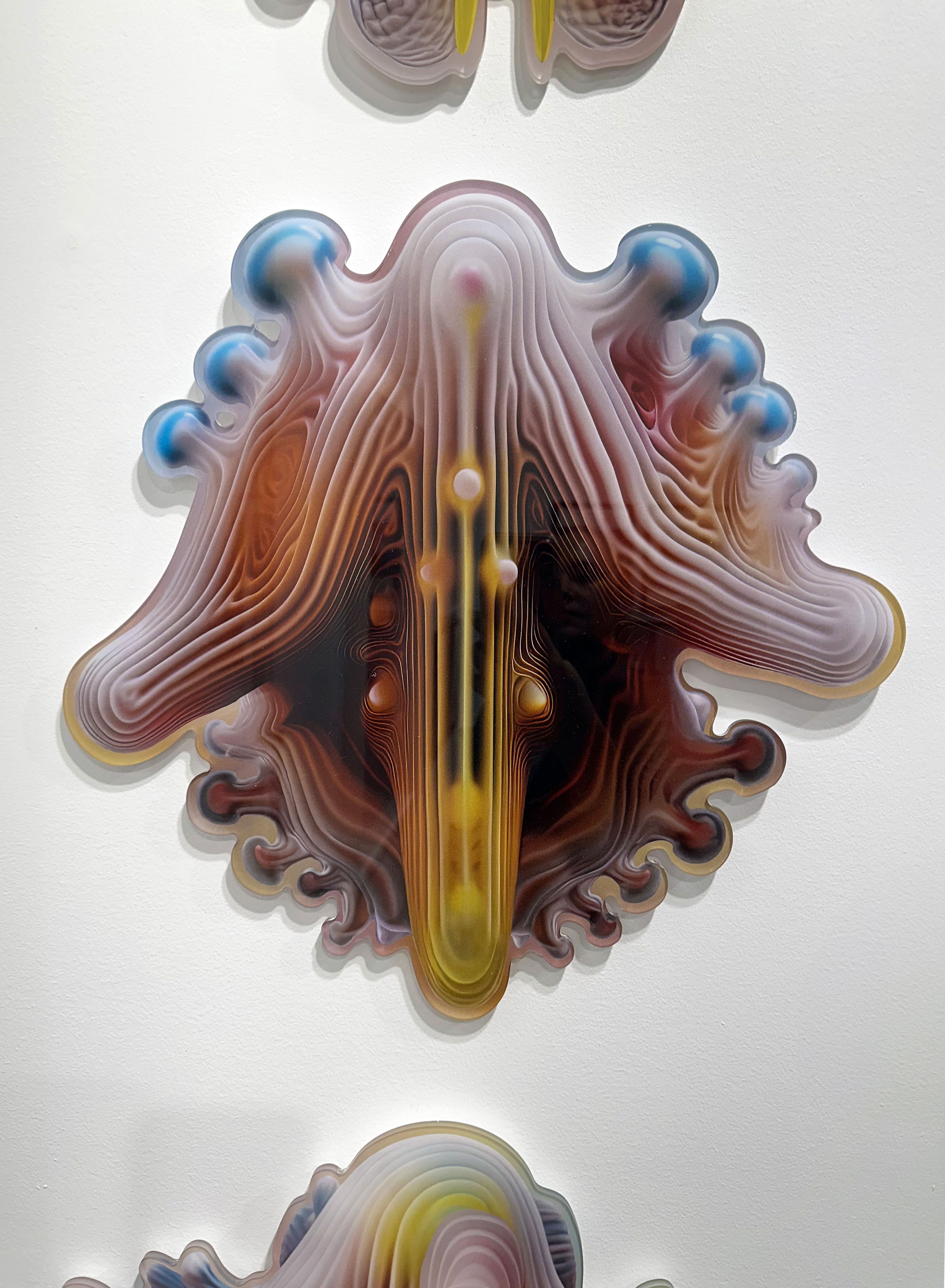NEOPELAGIC DRIFT
(ongoing)Photo Basel, Espace L, 2024



These works were inspired by the neopelagic communities of species growing in the great garbage patches of our oceans. Organisms that could not previously live out in the open seas do not only survive in these new ecosystems, but also travel on plastic rafts toward alien shores, where these non-native species can flourish. In addition to investigating the environmental impact of plastic, this series also raises questions about migration and the entanglement of all beings, and the concept of Natura Naturans.
The creatures in these works evolve through the careful selection of AI-generated images, through trial and error, junk code, mutations, and integration through other digital processes, ensuring their survival on plastic.
The creatures in these works evolve through the careful selection of AI-generated images, through trial and error, junk code, mutations, and integration through other digital processes, ensuring their survival on plastic.